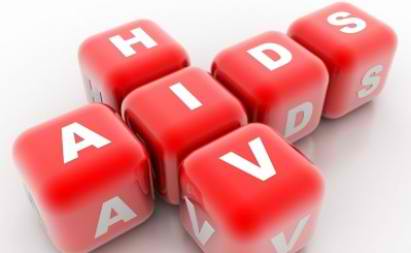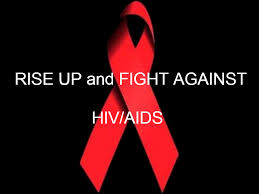
Source: http://www.interaksyon.com/
As of December 2013, an alarming increase in the reported cases of HIV and AIDS in the Philippines has been observed. According to UNICEF, there is about 79% rise in the registered cases as compared in that of year 2012. However, what is more worrying than the skyrocketing increase in the said cases is the fact that most of the case victims are adolescents and young adults. There is about an over-all total of 1,375 Filipino youth aged 15 to 24 years old who were recorded to have HIV in 2013 based on the report of the Department of Health.
Moreover, unsafe sex with multiple partners and drug use injection still remains the leading causes of HIV and AIDS in young people in the Philippines.
With this current rising trend of HIV and AIDS cases involving the Filipino youth, more tangible action on the promotion of HIV-AIDS free generation, prevention of further case increase and protection of our youth from this life risk should be further actively asserted and pushed forward.
The national, local government units, non-government organizations as well as the society as a whole must work hand-in-hand in making tangible efforts to formulate and create HIV-AIDS prevention strategies that would particularly cater to the young victims.
The government especially at the local level should have more budget allocations for policies and programs that would support the improvement of quality services for HIV-AIDS treatment and prevention. The government (LGUs) can coordinate closely with NGOs such as the UNICEF Philippines to further ensure the efficient use of resource towards the program implementation and execution.
However, even let’s say there are maximized efforts in the improvement of quality, accessibility and availability of healthcare services and treatment by the government, there is still something that intervenes with it. Social stigma and discrimination harboured in having HIV-AIDS still remains to be the key barrier to young people seeking medical attention and health treatment and services for HIV-AIDS thus discouraging young people accessing preventive methods.
This is where stigma reduction methods and efforts should come in. There should be diffusion of HIV-AIDS stigma and discrimination reduction methods through proper information and awareness regarding the issue because how can you prevent something if you don’t know about it in the first place. So, bigger and better communication is needed to be done. Development programs, educational forums or outreach meetings can be some of the effective venues to raise HIV-AIDS awareness, broaden understanding on the inevitable life risk of HIV-AIDS, being mindful to the struggles and hardships HIV-AIDS victim encounter everyday, to promote healthy lifestyle and to even call for social mobilization efforts for HIV-AIDS prevention. Lastly, one of the most important thing the government could do is to create and apply tools, methodologies, and metrics to reduce stigma and improve the quality and use of services and even Increase accountability by strengthening capacity to cost stigma reduction programs and also monitor stigma reduction, thereby helping to shape policies and programs that ultimately result in health services that are free from stigma.
In all of these, one of the most important things in order for the prevention of HIV-AIDS to work is to guarantee that there is meaningful participation of young people in any of these related efforts. Since they have the ability to formulate key messages that would directly convey HIV response, then it could work for themselves and for their friends. The answers are in the young people themselves to lead the way in stopping HIV on its track, only if they are empowered to do so. Empowered to deeply understand the core concept of HIV. Empowered to not only secure one’s self but also to advocate as well as push for a more solid youth response to HIV. Lastly, empowered to freely express their own views and voice out their concerns.
Young people are the key to preventing HIV/AIDS. Young people are at the very heart of HIV/AIDS epidemic since they are the most vulnerable to this infection. HIV/AIDS is destroying youth’s dreams for better future however, it is also only them who can prevent HIV/AIDS from completely shattering their hopes for a much better and healthier lives.

Youth should rise up and fight against HIV/AIDS
Source: http://4.bp.blogspot.com/
Sources:
http://www.healthpolicyproject.com/index.cfm?id=topics-Stigma
http://www.un.org/ga/aids/ungassfactsheets/html/fsyouth_en.htm
http://www.unicef.org/philippines/hivaids_9239.html
http://newsinfo.inquirer.net/579006/did-you-know-filipino-youth-with-hiv-in-2013
